All Departments
- Type
- Material
- Variation 2

Smart Insulation for Smarter Living.
Insulation Mega Sale
30% Off
- Application
- Variation 1

Smart Insulation for Smarter Living.
Insulation Mega Sale
30% Off


External wall insulation is one of the most effective ways to improve your home’s thermal performance, reduce energy bills, and enhance exterior appearance. In this guide, you’ll learn how it works, its key benefits, and why it’s a smart upgrade for older or poorly insulated buildings.
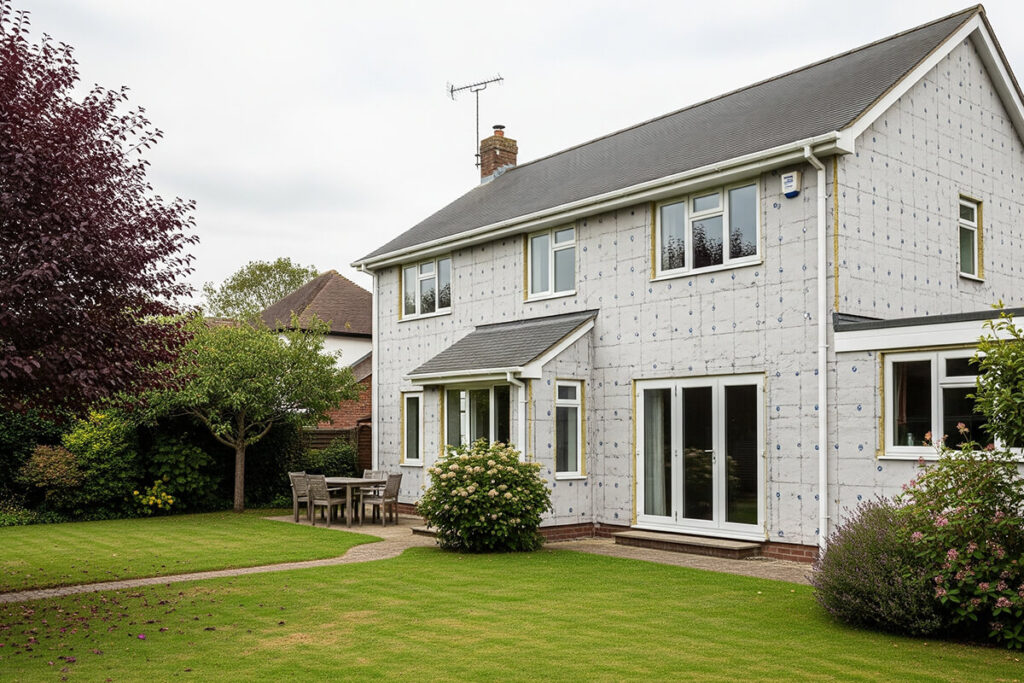
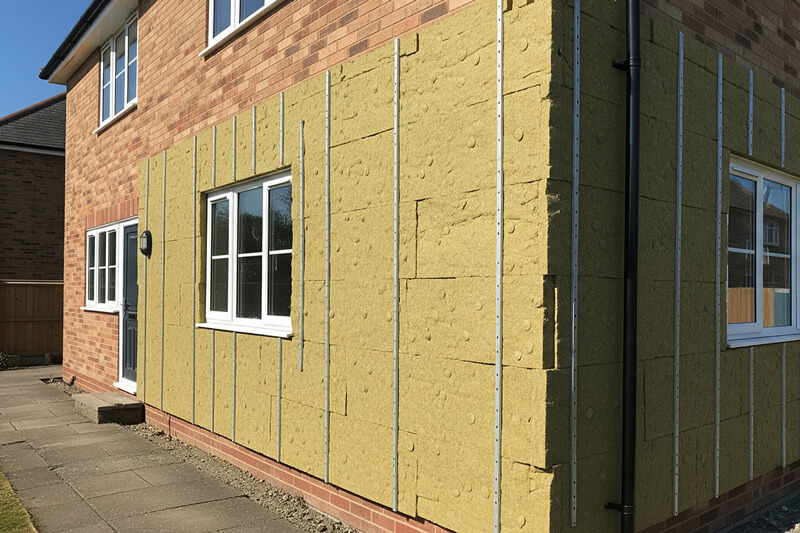
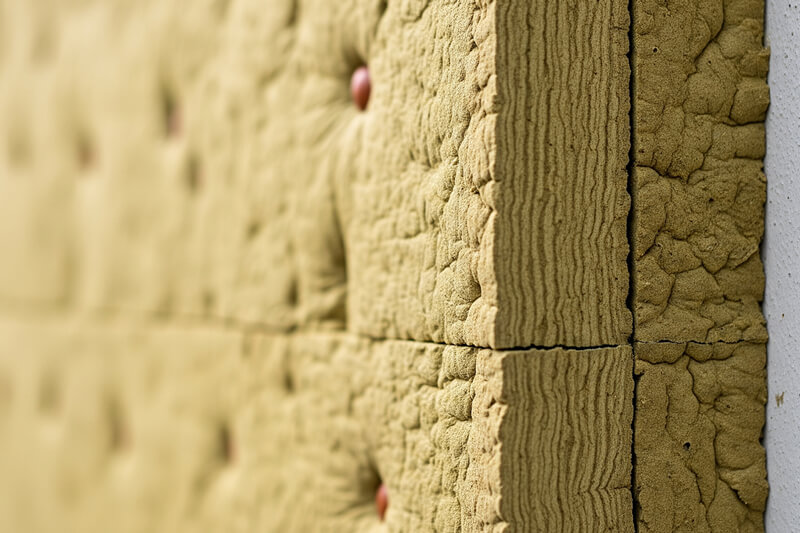
Improve your home’s energy efficiency and curb appeal with external wall insulation. Whether you’re retrofitting an older home or upgrading to meet modern standards, this guide covers everything you need to know.
External wall insulation (EWI) involves adding a layer of insulating material to the outside of your home’s walls, then covering it with protective render or cladding. It improves energy efficiency by reducing heat loss through walls and can also enhance the appearance and weather resistance of your property.
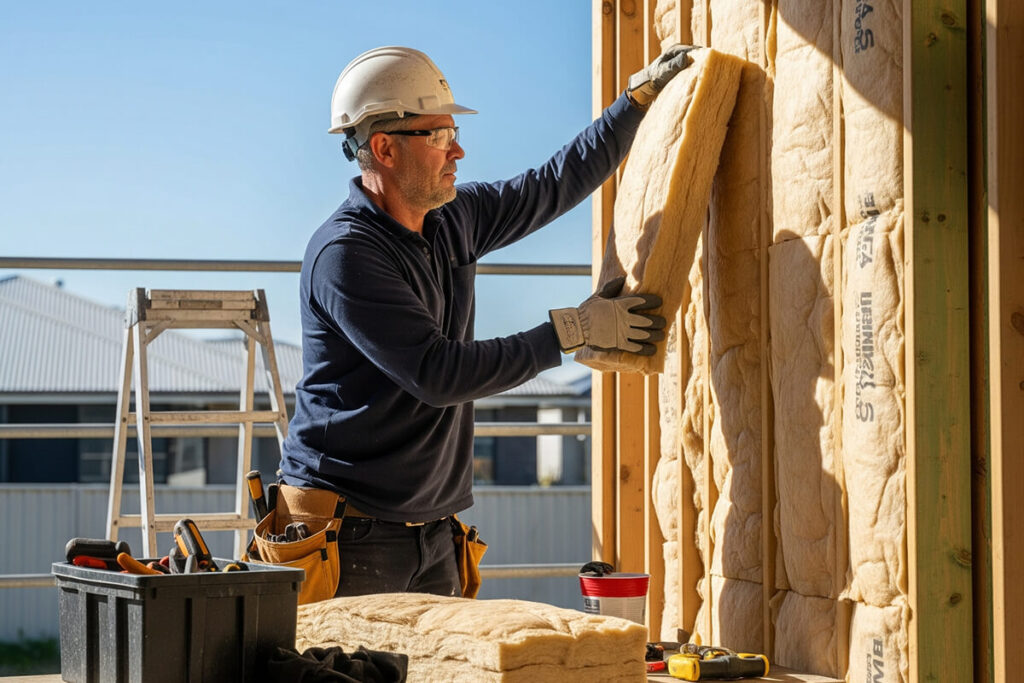

Prevent heat loss and reduce heating costs.

Say goodbye to cold, drafty floors.

Insulation can help muffle sound between levels.

Use less energy and reduce your carbon footprint.

Prevent damp air from rising and protect floorboards.

Boost appeal with energy-efficient upgrades.

External wall insulation is especially beneficial for:
The most common materials used for EWI include:
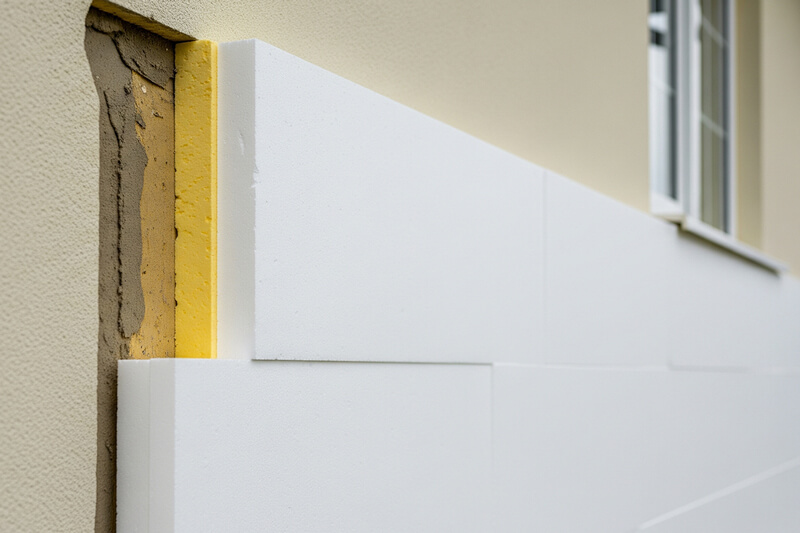
Lightweight and cost-effective.
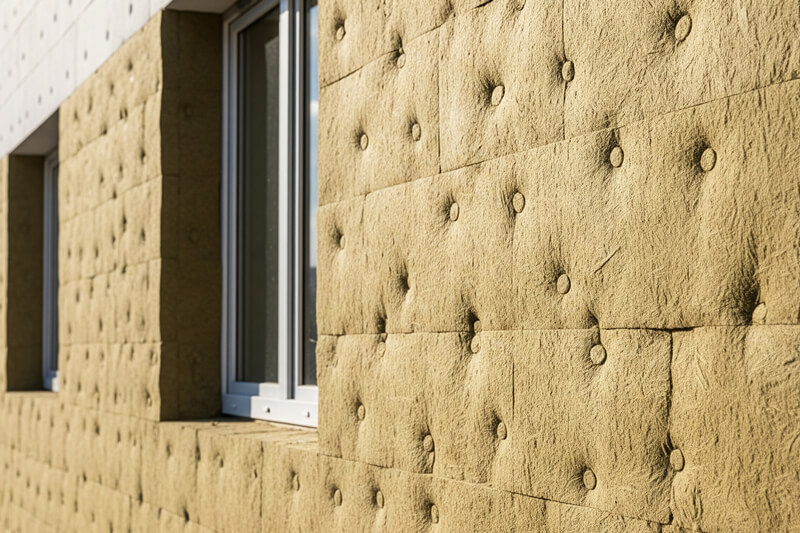
Great for thermal and acoustic insulation and fire resistance.
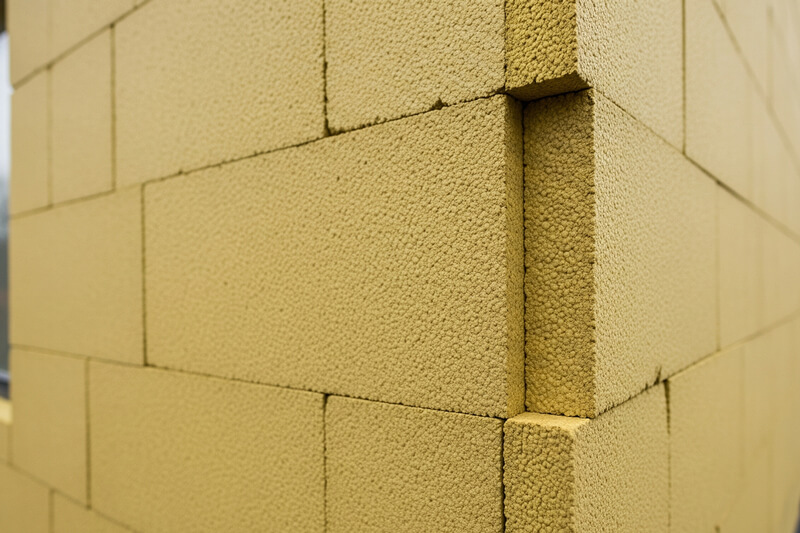
High-performance with thinner profiles.
Installing EWI typically involves the following steps:

